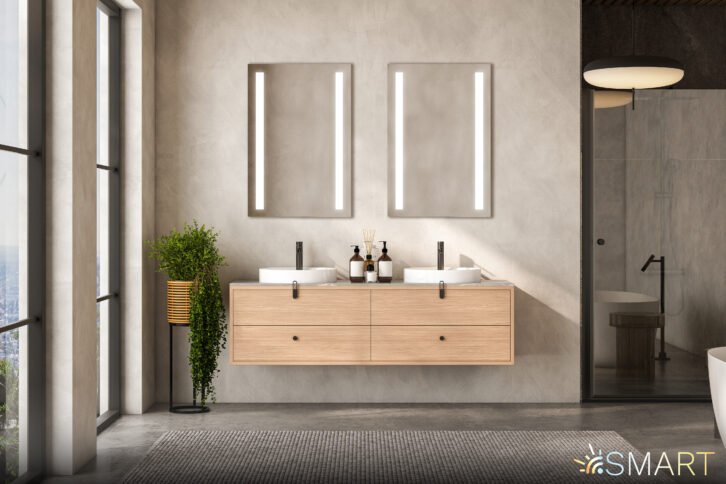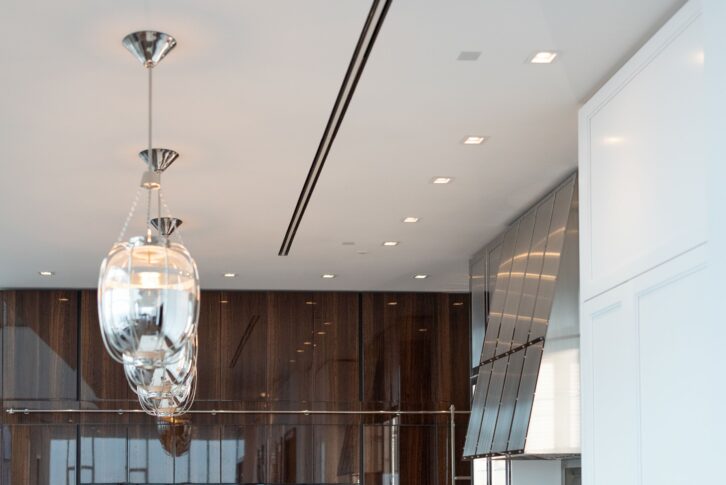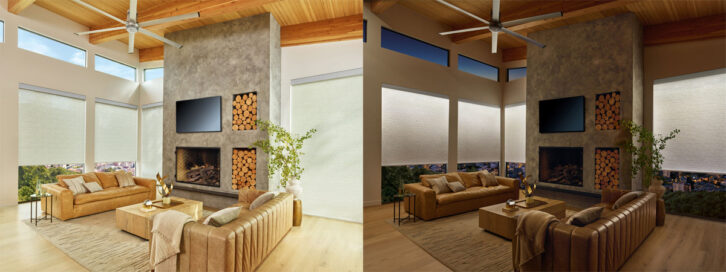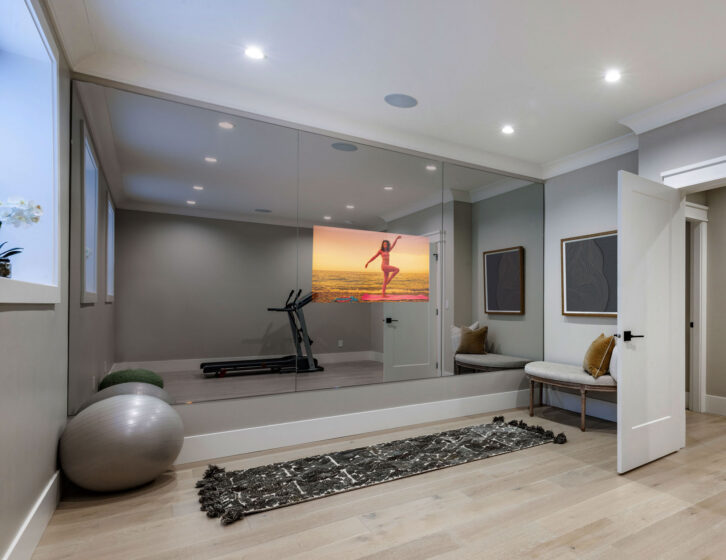Over the past decade, the emphasis on design in our industry has notably advanced, reflecting enhancements in both the ways companies are manufacturing their products and the installation practices adopted by integrators. Take one small but critical example for any home — the once-uncommon practice of installing a back box behind flat panel displays is now a standard across most installations, but especially the “design-focused” ones, enabling a sleek and minimalistic aesthetic.

As a 12-time CEDIA Designer Awards judge, I have seen installations across the globe go from wanting to show off all the tech throughout a home to hiding as much as possible. This made the judging process that much more detailed as we would have to read through all the essays and meticulously look through the documentation and engineering schematics.
Related: The CEDIA Awards Judging Process
The shifting from solely entertainment technologies to those systems that encompass the lifestyle benefits of comfort and enhancing home living rather than just being big, loud, and flashy has been gradual, but it’s not one that integrators can ignore and it’s certainly not one that manufacturers are ignoring as they look at their next rounds of innovative products.
Here are a few categories that I’ve noticed significant development in that would be easy adds or swap-ins for integrators looking to satisfy the design needs of certain clients.
Size Does Not Have to Dictate Sound
Who doesn’t love speaker demos in a finely tuned room like those at CEDIA Expo that leave you speechless? You might not get your socks knocked off with small-aperture speakers, but the performance mixed with their size and aesthetic will blow your mind.
Small-aperture speakers have made significant strides in appealing to the design community. For those unfamiliar, these speakers feature a small aperture or grille opening, akin to designer-centric downlighting. Techniques vary among manufacturers, with some prioritizing performance while others focus on customization.

When it comes to installation technique, there are a few different ways dealers can approach it depending on their product mix. James by Sonance, for instance, employs an array of small speakers paired with a subwoofer, requiring only pre-ceiling installation and prep work for the subwoofer. Another offering from James by Sonance takes a different approach by integrating all components into a single enclosure above the ceiling, requiring more prep work but allowing for fewer speakers in a space.
Flashback: 5 Home Theater Trends in 2022
As speaker technology evolves, such design-centric audio solutions are likely to gain prominence and, with added advancements in IP-based, high-bitrate audio distribution from the likes of Savant and Crestron, whole-home audio never sounded so good.
A Serious Look at Shades
Shading solutions are hitting their stride in the residential industry. As automated shading continues to show growth, we are seeing the number of customization options when it comes to shading styles, fabric types, and installation options keeping pace with popularity.
Let’s start with fabric, which can be the piece that designers and homeowners alike are most concerned about. It is not uncommon to see binders and binders of fabric swatches stacked in an integrator’s design center or sales office, with hundreds of options. The shade manufacturers in our market have worked hard to give as many options for our customers as possible, but if that is not enough, there are now companies such as Conrad Shades that supply hand-made custom fabric options for your clients.
Shades were once a rare sale for integrators, but as they’ve become a staple in installs, we see that they are generally paired with a distributed lighting solution. One manufacturer has taken this pairing to a new level — Aura Illuminated Shades by Hunter Douglas. Aura’s innovative design incorporates fully programmable LED strips that are transparent when not in use and provide mood-enhancing illumination when lit, re-creating the uniform glow similar to natural incoming light, and diffusing that light through textured fabrics with an independent reflective room darkening liner to precisely balance radiance with ambiance. It’s exciting to consider how products like Aura can be used to support circadian rhythms and enhance wellness goals.

Anyone installing custom shade solutions knows the attention to detail the project requires to get the final product just right. There is nothing more disappointing on a shade install than a poorly designed and executed enclosure or pocket for a shade. For those projects where you need a custom touch with lots of flexibility, Future Automation has created a “modular in-ceiling concealment system” that is pushing the industry to reconsider how we can approach shading solutions more precisely and, most importantly, with more ease. Not every builder has the knowledge, experience, and ability to create the necessary pockets for a custom shading solution, and not all integrators have the capacity to create all the necessary drawings and walk the builder through this process. Solutions like this improve our abilities as integrators and support the builder as well. I hope we see more manufacturers paying attention to these types of solutions that solve a real need.
The Evolution of Hidden Technology
In my early days as a CEDIA Awards judge, one of our award-winning projects was one called the Swim Up Theater. It was a magnificent project that featured an outdoor theater setup that was perfectly concealed when not in use, but the integrator had installed all the motorization elements to bring the theater up at the edge of the pool on command. These were the early days of hidden technology when we wanted to hide the big things. Today, the industry has progressed in concealing technology that doesn’t require visibility and simplifying the technology that does.
Home networks, for instance, have evolved from simple dial-up connections to delivering enterprise-grade speeds, necessitating strategic placement of access points, especially in larger homes. Solutions from WhyReboot and Wall-Smart offer aesthetically pleasing enclosures that don’t compromise signal integrity. The installation of visible devices like keypads and touch panels has also seen improvement, with companies like Trufig and SeeLess offering sleek, flush-mounted options.

Séura continues to innovate the mirror market with integrated lighting and hidden TVs. Their new mirror wall can discreetly hide up to a 75-inch TV, which can be a game-changer for home gyms and anywhere you want to hide a large display. Its new Smart Light mirrors incorporate tunable lighting to help with your circadian rhythm in one of the most important rooms you utilize before sleep and after waking.
As the industry continues to engage with events like KBIS & NKBA and draws closer to the commercial sector, the focus on integrating design with technology is poised to enhance homes, drive innovation, and improve existing solutions.







